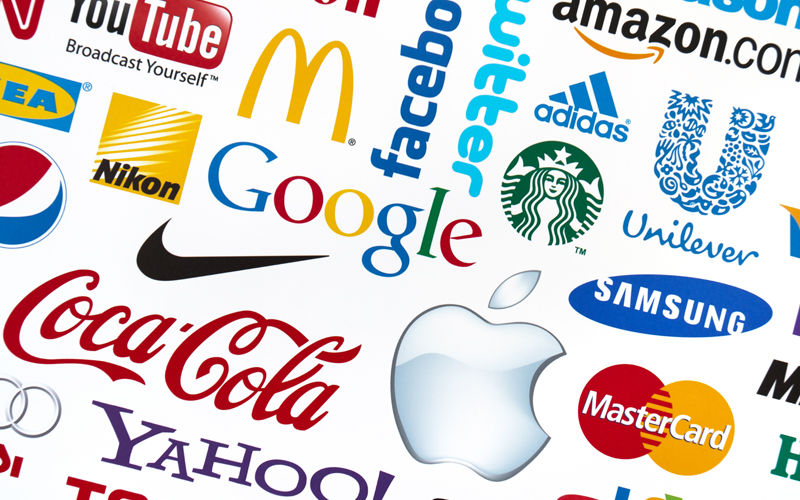Your company’s logo is more than just a visual symbol; it’s the face of your brand, embodying your identity, values, and the promise you make to your customers. But as your company grows and evolves, the question may arise: Should we change our logo or create a new one? This decision shouldn’t be taken lightly. Here’s a guide to help you determine when it’s the right time to consider a logo change—and when it’s better to stick with what you’ve got.
When to Consider Changing Your Logo
A major company rebranding or shift in business focus is one of the key reasons to consider changing a logo. If your company is undergoing a significant transformation, such as pivoting to a new business model, your current logo might not accurately represent the new direction. For instance, if your business has expanded from a small local operation to a global entity or has shifted its core product or service offering, the logo should reflect these changes to align with the company’s new identity.
Design trends change over time, and what was considered modern or stylish a few decades ago may now seem outdated. An old-fashioned logo can give the impression that your company is not keeping up with the times. If your logo looks stuck in the past and doesn’t resonate with today’s audience, it might be time for an update. However, this doesn’t always mean a complete overhaul—sometimes a refresh can modernize the logo while preserving its core elements.
When two companies merge or one company acquires another, a new logo may be necessary to symbolize the unification of the brands. This new visual identity can help establish a cohesive image for the combined entity and communicate the merger to customers and stakeholders in a clear and recognizable way.
If a logo has become associated with negative press, scandal, or an outdated or controversial brand image, changing it can offer a way to signal a fresh start. This can be especially important if negative associations are hindering your company’s growth or reputation. A new logo in such cases can help reframe the company’s identity and distance it from past issues.
Targeting a new audience is another reason to consider a logo change. If your company is shifting its focus to appeal to a different demographic or expand into new markets, the current logo may no longer resonate with the desired audience. In such cases, it’s essential that the logo reflects the tastes, values, and expectations of the customers you are trying to attract.
When Not to Change Your Logo
On the other hand, there are times when changing a logo may not be the best choice. If your logo is widely recognized and holds significant value in the market, it’s important to consider the risk of losing the brand equity you’ve built over the years. Customers often form emotional connections with logos and altering them could lead to confusion or even alienation. If your current logo still effectively represents your brand and resonates with your audience, it may be better to keep it.
It’s also crucial to avoid changing the logo without a clear purpose. Redesigning a logo just for the sake of change can backfire, especially if there’s no strategic reason for it. If your company’s values, mission, and target audience remain consistent, a new logo might be unnecessary and could disrupt brand continuity.
The cost of rebranding is another factor to consider. Redesigning a logo involves more than just creating a new visual; it requires updating all brand assets, from signage to packaging to digital platforms. Before committing to such a change, you must weigh whether the potential benefits outweigh the financial and logistical costs involved.
If your logo is a recognizable symbol in your industry, it can be a powerful asset. Iconic logos, like those of Coca-Cola, Nike, or McDonald’s, carry tremendous value due to years of consistent use. Changing such logos could erode brand recognition and trust. Unless there’s a compelling reason for change, maintaining the visual identity that customers know, and trust is often the better option.
Ultimately, deciding whether to change or create a new logo should be based on strategic considerations, not just design preferences. A logo change can be a powerful tool for signaling a new direction, modernizing your brand, or breaking away from negative associations. However, it’s equally important to recognize when your current logo still serves its purpose effectively and maintains valuable brand equity.
Before deciding, ask yourself whether the change aligns with your overall business goals, whether it addresses a real need, and whether it’s worth the investment. If the answers point toward a logo change, proceed thoughtfully with a design that will support your brand well into the future. If not, it might be best to stay with the logo that has brought you success so far.






